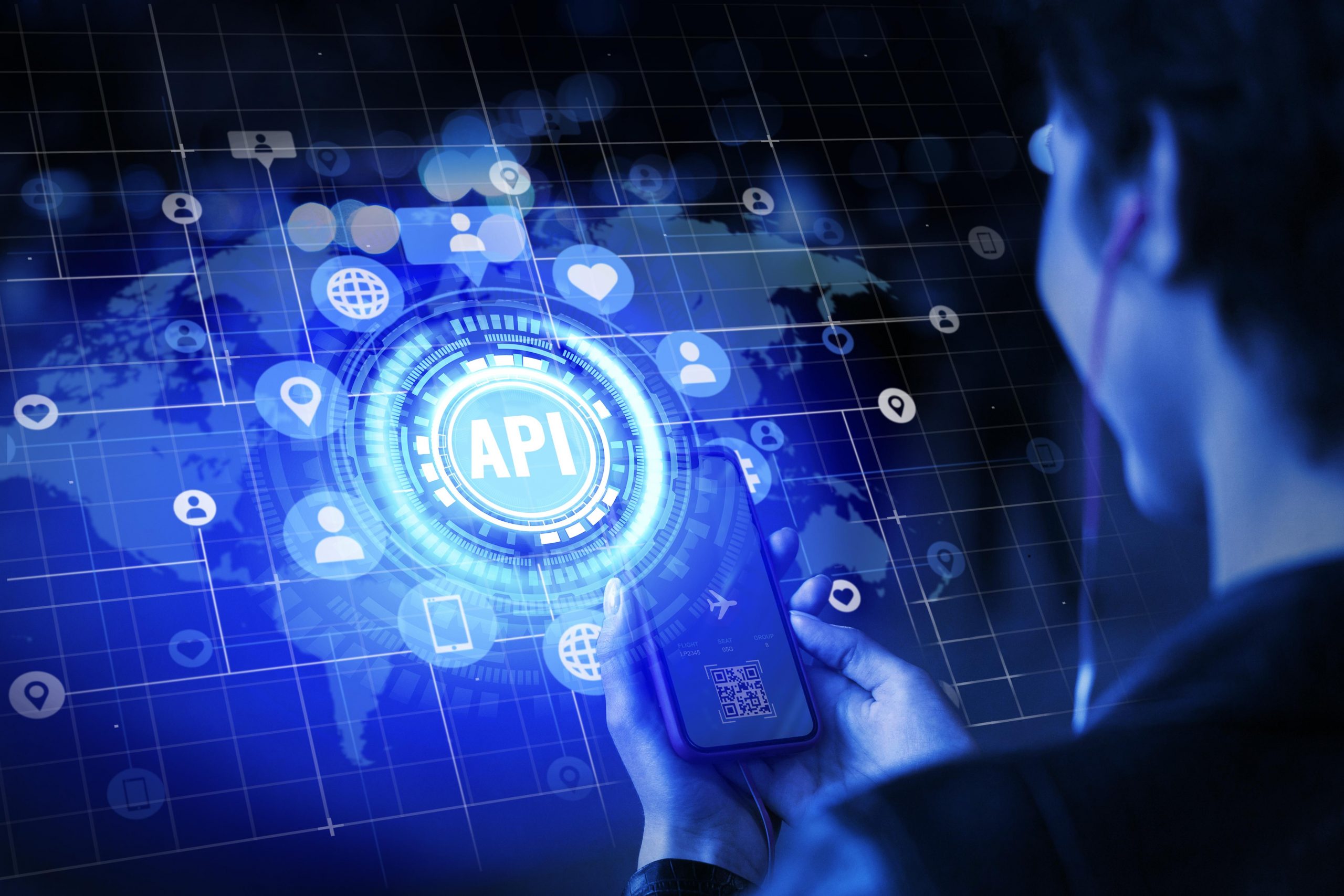Introduction
ChatGPT, the Large Language Model developed by OpenAI took the world by a storm after its launch in late 2022. Most of the excitement was due to its uncanny ability to generate text responses to user-provided questions, also known as prompts.
With the public release of softwares like ChatGPT, DALL-E, GPT-3, and Whisper, OpenAI is arguably one of the leading companies in the forefront in developing for AI. Everyone is incorporating the poster boy of OpenAI – ChatGPT, to do their work more efficiently and no one wants to get left behind.
As businesses try to leverage this fast-developing technology, tailor-made customized solutions are the answer for varied customer segments. In this article, we will try to get you started on that. First some basic features will be listed and important use cases discussed. By the end we will teach you how to make your first API call, so that you can start developing more exciting projects.
Features of the API
Pre-trained-AI Model: As clusters, AI models utilize significantly high computing power and are not easily available. By using the API though, data scientists and businesses are able to access the same powerful features easily.
Customizable AI Model: The OpenAI API allows for fine-tuning and customization. For this one can use specific training data for the available models, provide extended training, and even as per interest, use specifically-purposed models.
Simple API Interface: The API platform is intuitive and simple. With a few lines of code, thanks to the comprehensive documentation, even beginners can find their way through it easily.
Scalable Infrastructure: OpenAI has scaled Kubernetes clusters to 7,500 nodes to provide infrastructure for large models like GPT-3, CLIP, and DALL-E. The ability to scale when usage increases is especially useful when you move from small projects to larger more demanding ones.
Enterprise Use Cases
Chatbots and Virtual Assistants: The ability to understand and generate human-like text allows one to use OpenAI API for Chatbots and Virtual Assistants.
Sentiment Analysis: By analyzing customer reviews, social media comments, and other textual data, the API is able to gauge the public sentiment behind the data. This way you can derive pivotal insights for business strategies.
Image Recognition: Other than text processing, OpenAI API also delves into the realm of image recognition. It can be used for object detection and image classification, which is relevant in the fields of healthcare, to identify medical conditions.
Gaming and Reinforcement Learning: This allows models to be trained or fine-tuned to interact with gaming environments. They are able to make decisions and play the game autonomously or even able to provide assistance to the players.
How to Get Started
Step 1: First, you should create an OpenAI platform account. Head over to OpenAI’s login menu and simply follow the prompts
Step 2: Create and Retrieve an API key. Copy it and keep it safe, as you won’t be able to view it again.
Step 3: Install the OpenAI Python library. This way you can access the API from your local machine. This by using the ‘ pip ‘ command:
pip install openaiStep 4: Make your first API call. For example, you can write a helper function to use the ChatCompletion API by selecting the “gpt-3.5-turbo” model, which will accept the user-generated prompt and return some response, in the following way:
def get_chat_completion(prompt, model="gpt-3.5-turbo"):
# Creating a message as required by the API
messages = [{"role": "user", "content": prompt}]
# Calling the ChatCompletion API
response = openai.ChatCompletion.create(
model=model,
messages=messages,
temperature=0,
)
# Returning the extracted response
return response.choices[0].message["content"]
response = get_chat_completion("Translate into Spanish: As a beginner data scientist, I'm excited to learn about OpenAI API!")
print(response)
Step 5: Explore further. You can experiment with different prompts and parameters to see the API response. You can dive into the documentation to explore more possibilities of utilization.
End Note
OpenAI API offers many features for users looking to integrate AI into their applications. Many small businesses and large companies rely on this versatile API to automate repetitive tasks, process large volumes of data and as a consequence improve customer service.
Even though the OpenAI API has accomplished a lot in its early stages, we expect this technology to improve further and offer businesses an even more marked and strong competitive edge going into the future.
